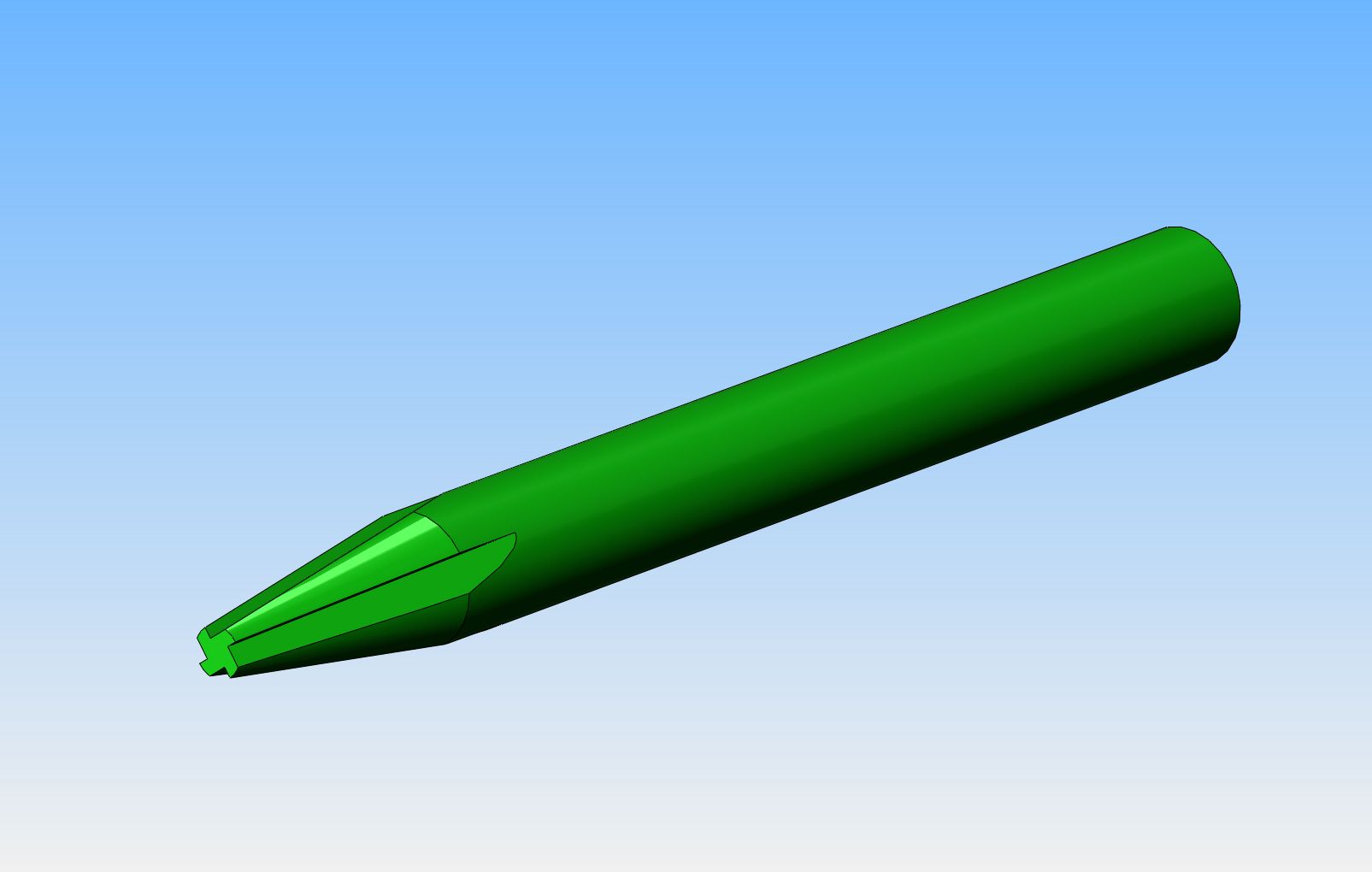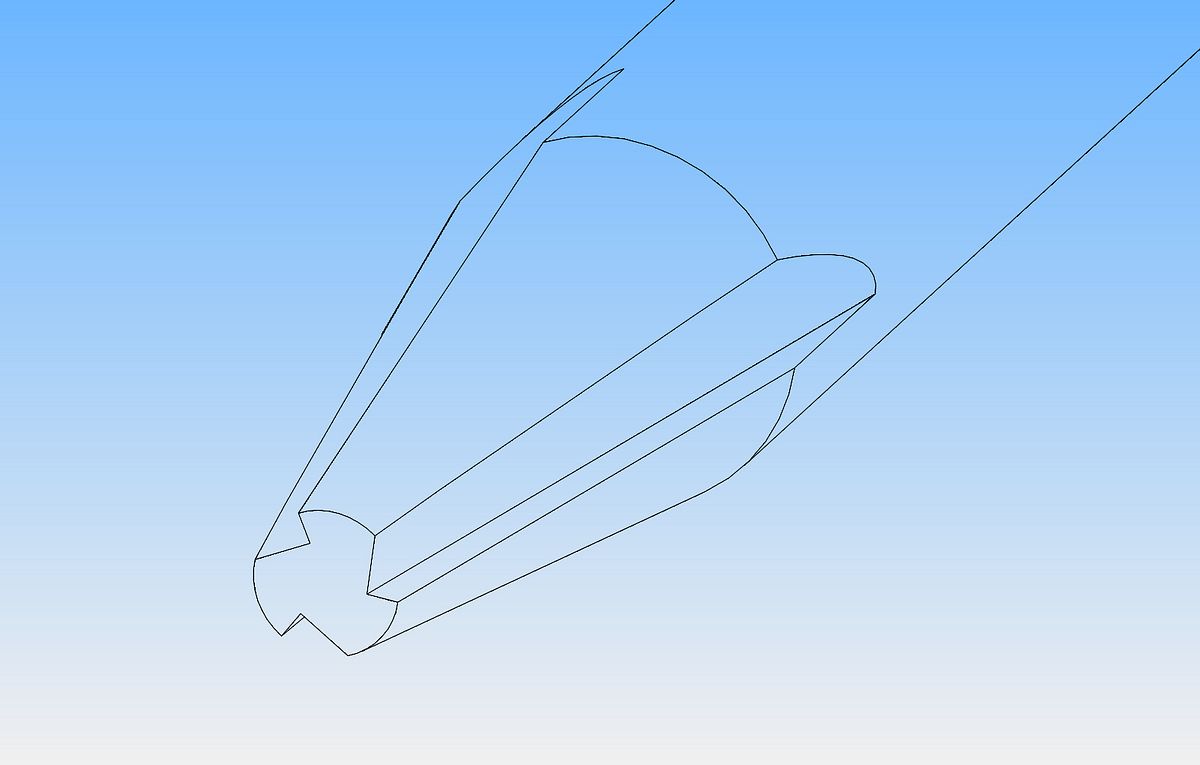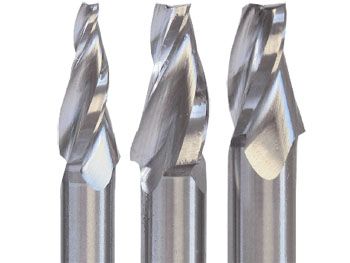I want to make a tapered reamer, of a specific taper angle to machine a tapered inlet on model carburetors I make from aluminum. It will be held in the lathe tailstock chuck, while the carburetor body is gripped in the 4 jaw headstock chuck. So--I need a 16 degree included angle taper, which is less than .195" diameter at the small (leading) end, and greater than .315" diameter at the large (trailing) end.--I have some 1/2" diameter water hardening drill rod. I can turn the correct taper on my lathe. I can make the leading end .188" diameter, and the major diameter will be whatever a clean-up pass yields on the 1/2" diameter drill rod. I can cut 4 "flutes" using an end mill. The thing I'm not sure about is how to machine a back clearance behind the cutting edge of the flutes. I know that it can be filed by hand, because I have built a very similar 45 degree tool for cutting model valve seat faces. It's just that my hand filing is far from being consistent or accurate. Is there any kind of machine set-up that will let me put some back clearance on the cutting edge of the flutes that is more accurate and consistent than hand filing?--Keeping in mind that I have a manual lathe, a small vertical mill, and a rotary table.---Brian


Last edited:










